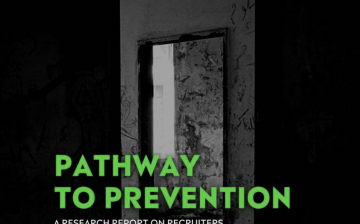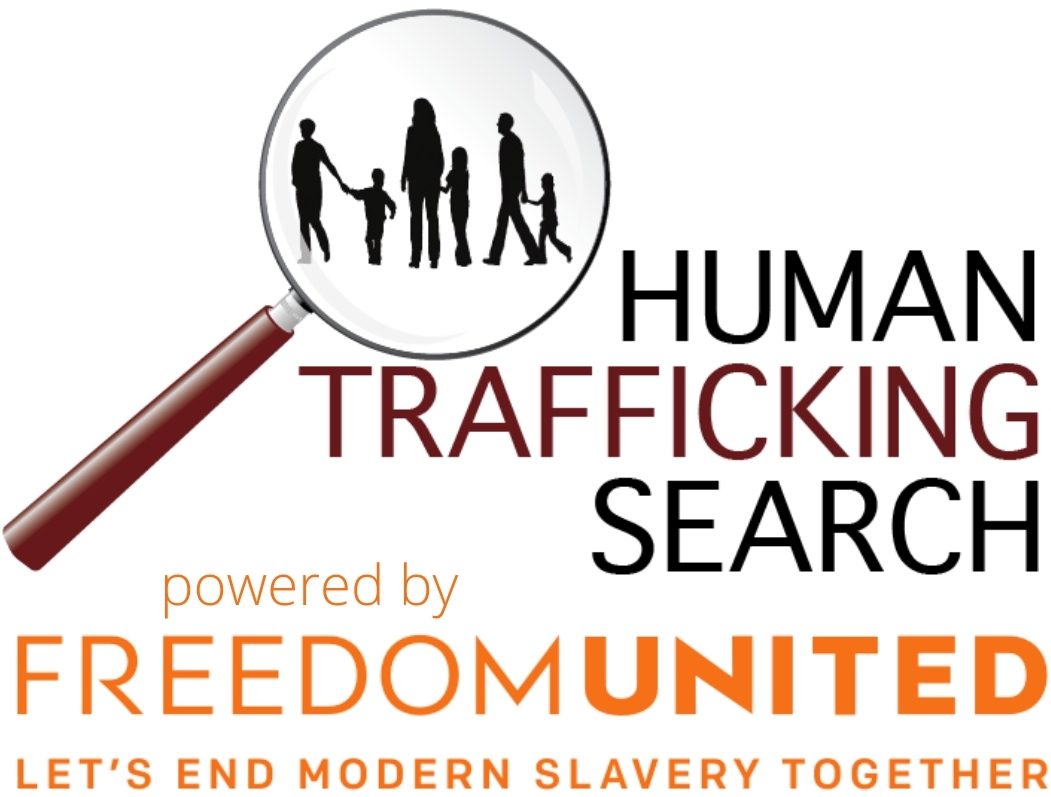Sign up for our news digest
I agree to receive email updates from Human Trafficking Search. I may unsubscribe at any time.
Resources

Human Traffickers and Drug Dealers Exploit Social Media to Expand Markets
The release of the so-called “Facebook Papers,” redacted versions of Facebook whistleblower Frances Haugen’s explosive testimony before the U.S. Senate Commerce Committee, reveals …

Human Trafficking 101: Combating Misinformation with Education
Communities that care – made up of people like you – are the single most powerful weapon we have to …
Understanding Trafficking in the R. Kelly Case: Stripping Away the Glamour to Understand the Crime
Human traffickers profit from preying on people’s vulnerabilities – then offering them something they want or need. What R&B singer …
Global Modern Slavery Directory
Modern slavery is a global issue that requires a coordinated global response. This is the case both for the work …

Facebook has known it has a human trafficking problem for years. It still hasn’t fully fixed it
Facebook has for years struggled to crack down on content related to what it calls domestic servitude: “a form of …
Trafficked to Europe for sex: A survivor’s escape story
Every year thousands of women are trafficked to European cities and put to work having sex with men. Jewel, a …
Israel Became Hub in International Organ Trade Over Past Decade
Israel has become increasingly involved in the world transplantation industry in the last decade. This comes a few years after …
Human Traffic: Exposing the Brutal Organ Trade
Secretive and ruthless, the traffickers controlling the kidney trade thrive on the desperation of the poor and the sick. Nancy Scheper-Hughes …

Pathway to Prevention: A Research Report on Recruiters of Sex Trafficking in Oredo LGA, Benin City, Edo State, Nigeria
Background and Observations The subject of cross-border sex trafficking from Edo State, Nigeria has long served as a pain point …

The promise of Palermo. A political history of the UN Convention against Transnational Organized Crime
The aim of this report is to ensure that the political story of the UN Convention against Transnational Organized Crime …
